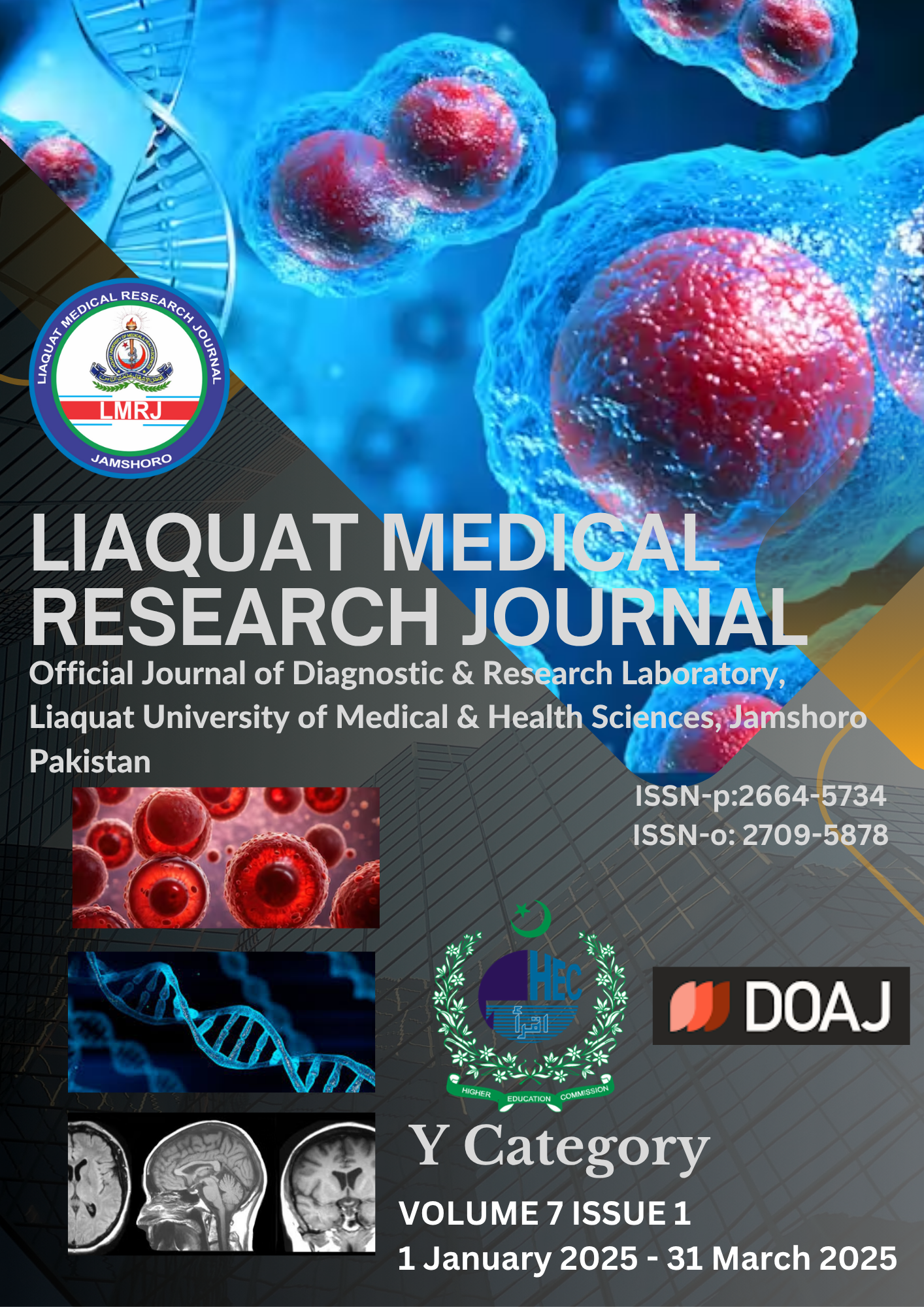The assessment of the douepia tortuosa and horsetail (equisetum arvense) comparative and combine antioxidant potential
DOI:
https://doi.org/10.38106/LMRJ.2025.7.1-06Keywords:
Douepia tortuosa, Horsetail equisetum, Antioxidant potentialAbstract
Superoxide anions, hydrogen peroxide, and hydroxyl radicals are all members of the family of reactive oxygen species (ROS) known as free radicals. They can react with proteins, lipids, and DNA to cause cancer and other chronic diseases. The antioxidant capacity of Douepia tortuosa, (D. tortuosa) is substantial. This study evaluated scavenging capacity of 23%, 65% and 78% at different concentrations of D. tortuosa, including 100µg/ml, 500µg/ml, and 1000µg/ml respectively. The common horsetail (Equisetum arvense) is a silica-rich rhizomatous annual herbaceous plant with a number of biological traits, such as antioxidants, diuretics that act as immunological barrier, and antimicrobial, antibacterial, and anti-inflammatory properties which is reportedly protect the heart and the nervous system. This study showed that horsetail (Equisetum arvense) has antioxidant capacities of 26%, 42%, and 47%. Furthermore, the combine plants extract antioxidant potential which was found to be 41%, 61% and 80%. Further in vivo and in vitro studies are needed to elucidate the biochemical composition of combine plant extract and explore their therapeutic potential.

Downloads
Published
How to Cite
Issue
Section
Categories
License
Copyright (c) 2025 Fazilat Noureen, Fahim Ullah Khan, Adnan Khattak, Razaq Khan, Hashim Khan, Shahid Khan, Shahid Ullah, Arif Ullah, Aamir Khan, Ali Khan

This work is licensed under a Creative Commons Attribution-NonCommercial-NoDerivatives 4.0 International License.
Copyright: Open access journal copyright lies with authors and protected under CC BY-NC-ND 4.0 licence (https://creativecommons.org/licenses/by-nc-nd/4.0/).









